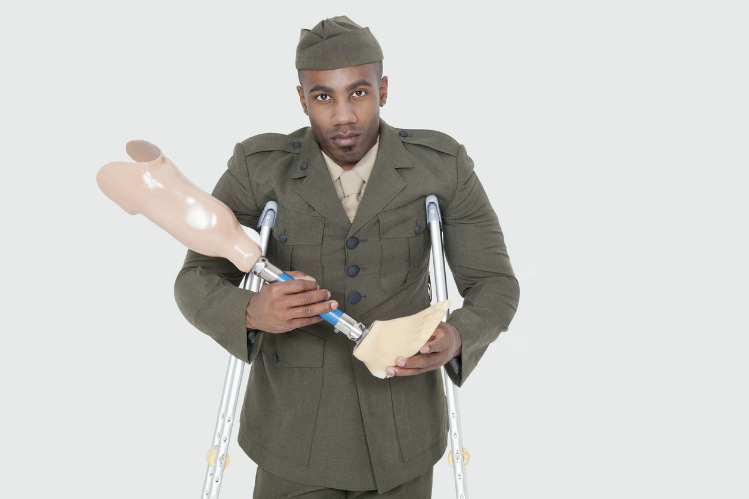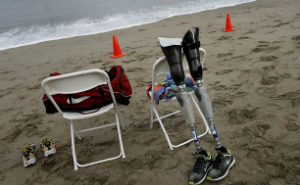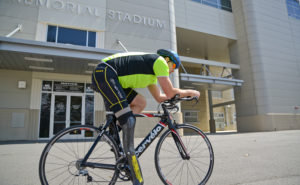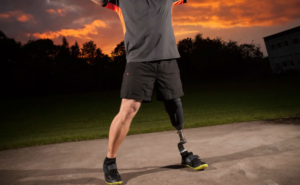A life-saving traumatic amputation on the battlefield is the beginning of a long and difficult journey for today’s soldier. Health care professionals must be mindful of the obstacles these heroic veterans face while receiving treatments and prosthetics.
The loss of limbs has always been one of the grim realities of war. Veterans returning home after an amputation must not only reacclimate to the civilian world but also learn to live a drastically different life than the one they left. However, the brave men and women who receive traumatic amputation treatment in today’s war zones face an unprecedented set of challenges. The improvised explosive devices (IEDs) that have become all too common in modern conflicts are creating a generation of veterans with unique needs. The medical professionals who provide VA prosthetics and other crucial care should consider the following information while securing quality prosthetic limbs for patients in Arkansas.
Hidden Mental Challenges
The blast injuries commonly experienced by today’s soldiers are often polytraumatic, meaning that they affect multiple parts of the body and mind simultaneously. Veterans who have undergone an amputation and also suffered traumatic brain injuries may have trouble communicating with health care professionals about issues related to a new prosthetic. They may not recall instructions about caring for their devices and may experience anger or irritability during the recovery process as a result of their injuries.
Learning how to regain independence can help ease the mental and emotional stress these veterans experience. Prosthetists in Arkansas should provide helpful training that sheds light on both an injury and the traumatic amputation treatment that is available. Studies show that after a traumatic injury, the earlier a soldier is educated about an injury and prosthetic choices, the better. It is also important to listen and address the veteran’s concerns about their new physical limitations to minimize the frustration they may experience and suggest coping mechanisms that can help.
Physical Complications
Many soldiers who experience polytraumatic injuries need multiple prosthetics or have a single prosthetic while another injury is also a factor in their recovery. This can make it difficult for the patient to care for their prosthetic equipment. Even more critically, veterans learning to deal with more than one amputation must learn how to avoid additional injury. For example, an unsteady gait that is common while learning to walk with a below-the-knee prosthetic might lead to a dangerous accident if the patient has also suffered the loss of an arm or hand that would have been used to break a fall.
VA prosthetics professionals have found that the key to minimizing the multi-injury complications that are unique to this generation of veterans is early fitting and training. The sooner veterans with polytraumatic injuries can be fitted for a prosthetic limb, the sooner they can begin successfully integrating them into their lives.
Financial Stress
The challenges of polytraumatic amputations are compounded if sub-standard prosthetics interfere with a veteran’s ability to return to the workforce or seek a new career. A prosthetic limb that cannot accommodate basic job functions such as heavy lifting or fine motor skills can create an immediate financial strain on a veteran and their family. Fortunately, insurance and foundation grants can make high-performance VA prosthetics available so the men and women who paid dearly for our freedom can get back on the path to gainful employment and independence.
If you have undergone traumatic amputation treatment and need a prosthetic limb in Arkansas, contact Horton’s Orthotics & Prosthetics today at 501-683-8889 to set up an appointment with one of our certified clinicians.




Leave a Reply